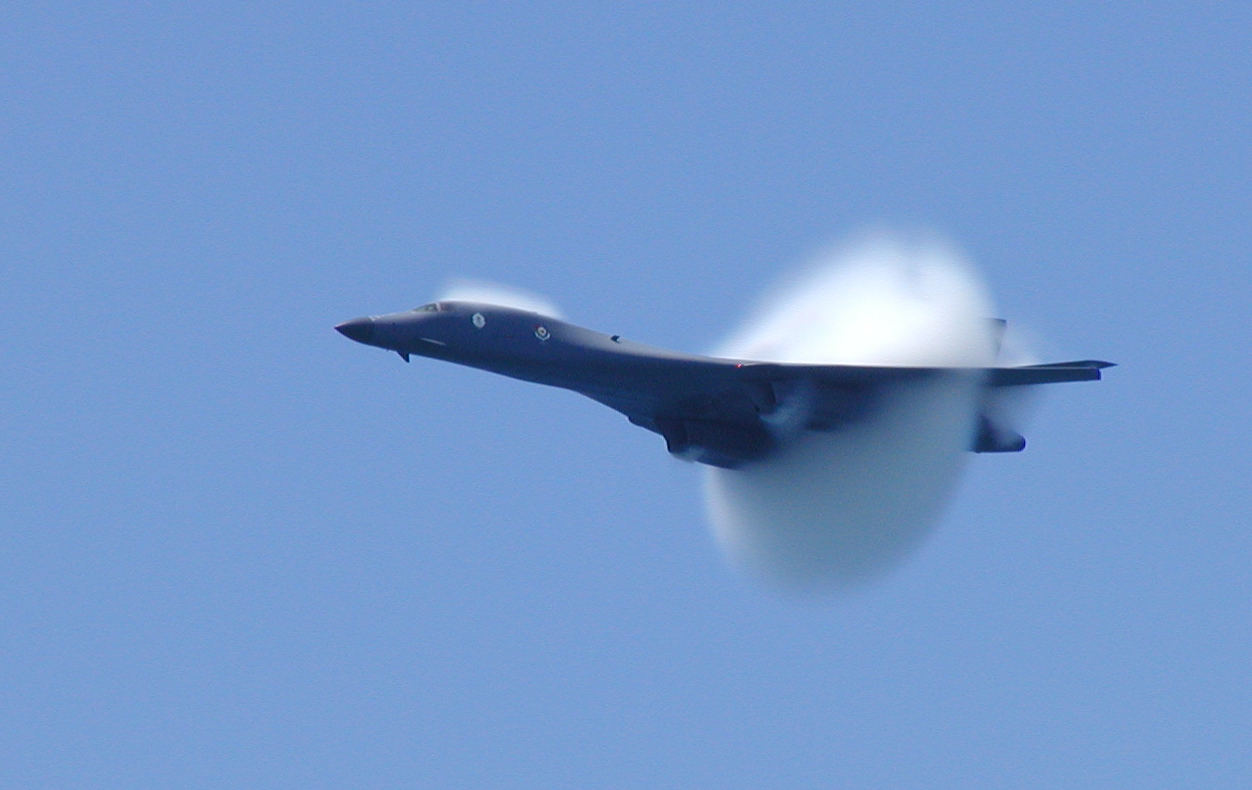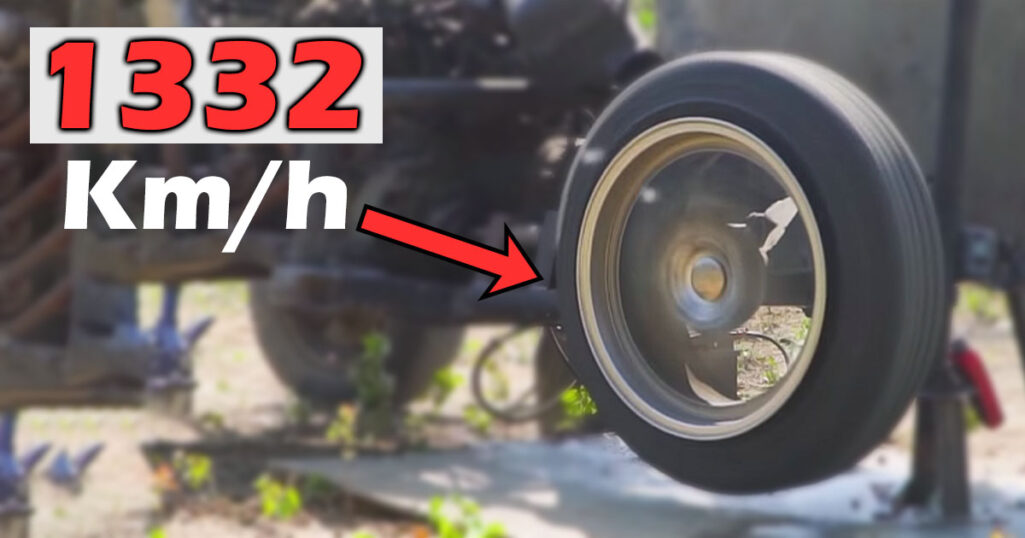
We humans have an amazing desire to continue evolving, innovating, and designing bigger, stronger, and faster machines. Closer to Earth, we’ve been flying through the sky in planes since 1903, thanks to the Wright brothers, and we’ve been sending satellites into orbit since 1957 when the Soviet Union launched the Sputnik satellite over our heads.
So why not push yourself much harder and faster while consuming less energy and fuel? How does a flight from New York to Los Angeles in 30 minutes feel compared to six hours waiting next to a stranger in crowded conditions? A team of engineers from the University of Central Florida is working on making this a reality.
Through developing a hypersonic reaction chamber for jet propulsions, the team developed a method of stabilizing detonation for hypersonic propulsion.
According to the team’s research published in the journal Proceedings of the National Academy of Sciences, this discovery provides a possible way to build and incorporate ultra-high-speed detonation technology that allows for hypersonic propulsion and integrated power systems.
They aren’t the only ones working on this kind of technology. In late 2020, for example, China was testing a hypersonic jet engine capable of traveling at 16 times the speed of sound in a one-of-a-kind wind tunnel in Beijing. If this jet engine, known as a sodramjet, was used, you could fly anywhere on Earth in less than two hours.
Other organizations, businesses, and policymakers are concentrating their efforts on the potential of hypersonic flight, not just for rapid commercial transport around the globe but also to enhance how spacecraft engines fly into space.
How the latest technology works
The team’s new system will enable air travel to achieve speeds of Mach 6 to 17 by combining the potential of a stationary and balanced oblique detonation wave.
This technology improves jet propulsion engine performance by generating more power by using less fuel — in the end; the lighter fuel load reduces cost and emissions — a technology that is useful not only for jets on Earth but also for rockets on space missions, according to TechXplore.
It’s not a new concept to research detonation propulsion systems. However, in the case of this latest study, the team was able to withstand the duration of the detonation wave for three seconds, which is a long time compared to the average micro or milliseconds they detonate for.
The researchers were able to extend the time of the detonation wave thanks to the new hypersonic reaction chamber the team created, which is a hypersonic high-enthalpy reaction, or HyperREACT, facility.
“This is the first time a detonation is experimentally stabilized,” said Kareem Ahmed, an associate professor in the Department of Mechanical and Aerospace Engineering at UCF.
“We can now keep the detonation in space in oblique detonation mode. It’s almost as though you’ve frozen a violent blast in physical space.”
The team now intends to research and comprehend the phenomenon in greater depth. The main goal is to incorporate detonation-based hypersonic propulsion into earth and space transport within the next few decades.



